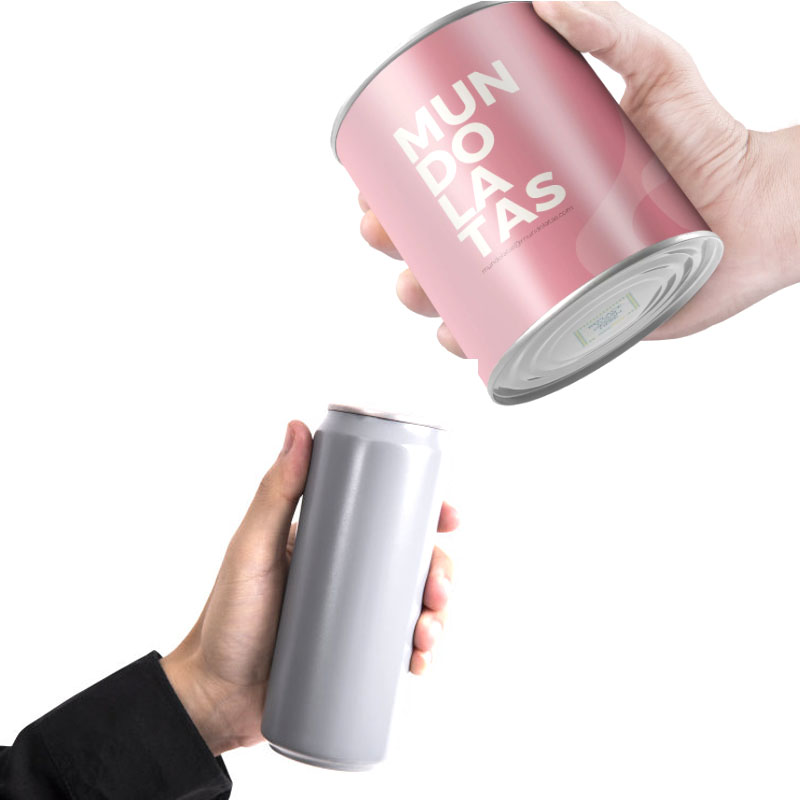
When it comes to recycling, it's essential to differentiate between tin and aluminum cans to ensure proper disposal. While visually similar, these two types of cans are made from different metals and require separate recycling processes. In this blog post, we'll discuss several straightforward methods to help you determine whether a can is made of tin or aluminum, empowering you to make informed recycling choices.
Magnetic Test:
One of the simplest ways to identify a tin can is to check its magnetic properties. Tin cans are typically made of steel, which is magnetic, while aluminum cans are non-magnetic. Grab a small magnet and move it around the surface of the can. If the magnet sticks to the can, it's likely made of tin (steel). If the magnet doesn't attract to the can, it's probably aluminum.
Weight:
Tin and aluminum cans have different densities, leading to variations in weight. While this method is not foolproof due to variations in can size and thickness, it can provide a general idea. Aluminum cans are usually lighter than tin cans. Pick up the can and compare its weight to a known aluminum or tin can to sense any noticeable differences.
Visual Differences:
Although tin and aluminum cans may appear similar, close observation can reveal subtle visual distinctions. Tin cans typically have a duller, less reflective surface compared to the glossy finish of aluminum cans. Additionally, tin cans might show signs of rust, as tin coating can corrode over time. In contrast, aluminum cans are less prone to rusting.
Scratching Test:
Performing a gentle scratch test can also aid in identifying the material of a can. Use a small key or coin to lightly scratch an inconspicuous area of the can's surface. Aluminum, being a soft metal, will leave visible scratches. On the other hand, tin-coated steel cans may reveal a grayish or silver scratch, with the underlying steel becoming visible.
Conductivity Test:
Since aluminum is an excellent conductor of electricity, you can utilize this property to differentiate it from tin. Obtain a small battery and touch the positive and negative terminals to the can's surface, allowing them to make contact. If the can completes the circuit and you observe a noticeable reaction (such as a spark or discharge), it is likely made of aluminum.
Distinguishing between tin and aluminum cans is crucial for effective recycling practices. By employing methods such as the magnetic test, observing visual differences, performing scratch tests, checking weight, and conducting a conductivity test, you can confidently identify the material composition of cans. This knowledge empowers you to make informed decisions regarding recycling and contribute to a sustainable future. Remember, proper recycling not only reduces waste but also conserves valuable resources.